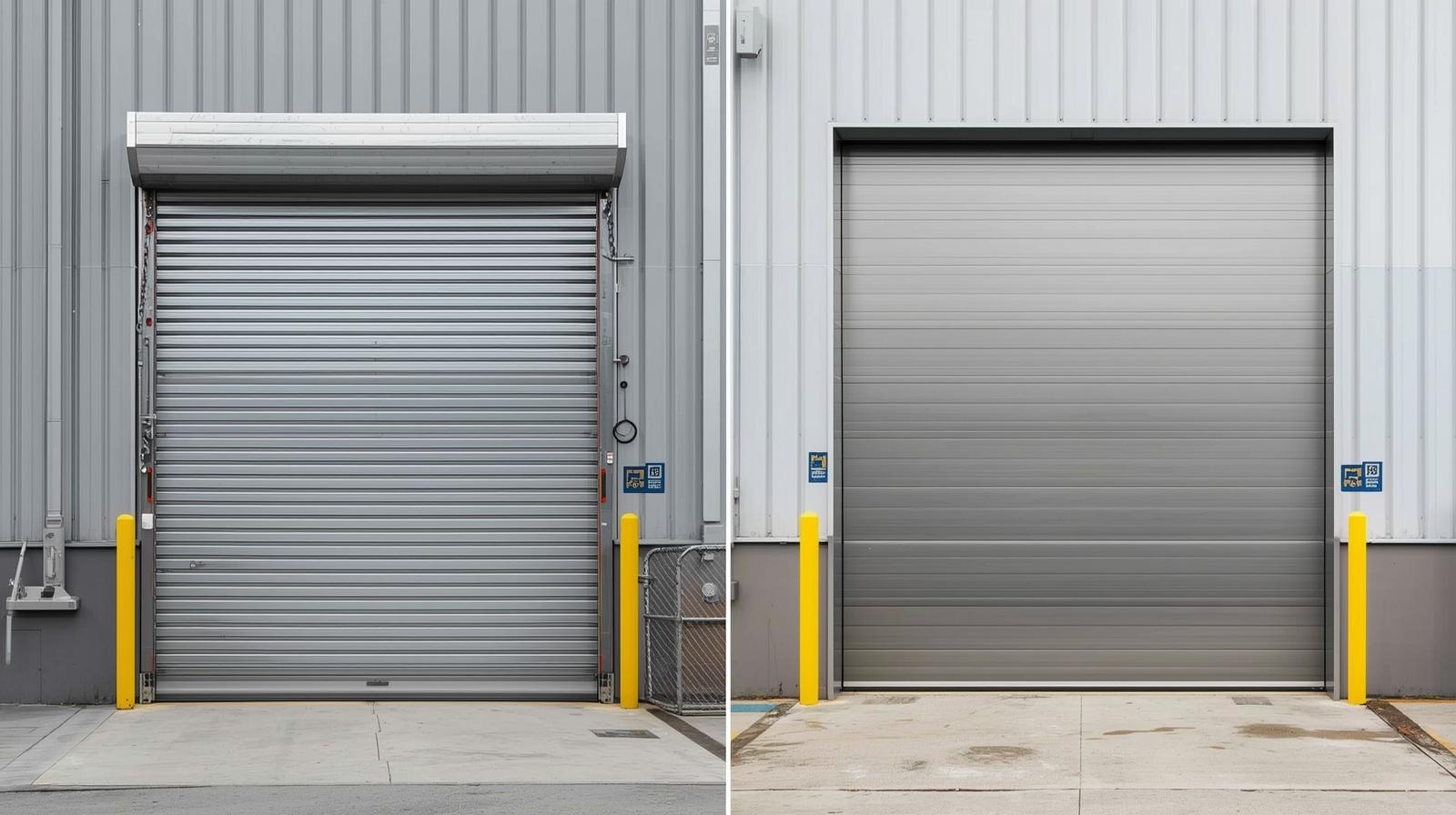Are long hours at a desk leaving your body feeling strained and tired? Extended periods of sitting often lead to stiffness and discomfort, especially in the lower back and shoulders. For many professionals, daily work routines revolve around being glued to a computer screen.
With workspaces changing, there is a growing shift toward setups that promote better posture and movement. One such solution is the growing popularity of height adjustable desks, which offer a more dynamic way to approach the workday. Let’s read in detail about the benefits of switching to these desks.
Enhanced Comfort Throughout the Day
Comfort is one of the most noticeable changes after transitioning to a flexible desk setup. Alternating between sitting and standing prevents muscle tension from building up in one area. Users report feeling more refreshed and less fatigued, even after several hours of work. This regular movement also reduces pressure on the spine and hips.
Over time, consistent use of an adaptable desk setup can ease chronic discomfort caused by static positions. Numerous individuals experience reduced lower back pain and shoulder tension by adjusting their daily work habits. By making comfort a priority, workers are more likely to enjoy their daily tasks and remain engaged throughout the day.
Boosted Energy and Focus
Sitting for too long can cause sluggishness and reduced mental clarity. Movement stimulates blood flow, which helps the brain stay sharp and alert. Switching positions throughout the day naturally increases energy levels. Workers tend to feel more productive when they are not bound to a single posture. This change in routine can improve concentration and help tasks get completed more efficiently.
A sharper focus allows for more efficient task handling and a noticeable reduction in mistakes. When individuals feel mentally refreshed, they can handle complex responsibilities with greater ease. This sharpness carries over into meetings, brainstorming sessions, and client communication. Simple changes in daily movement patterns can create a noticeable boost in overall work quality.
Support for Better Posture
Many work-related aches and pains can be traced back to poor posture habits. Traditional desks do not encourage frequent movement, which often leads to slouching or awkward positions. Adjustable work surfaces allow the monitor and keyboard to align with the user’s natural height. This helps keep the shoulders at ease and the neck properly aligned. Over time, these improvements support a healthier musculoskeletal system.
Correct posture also contributes to breathing efficiency and core strength. When the body is aligned correctly, lung capacity improves, allowing better oxygen flow. This helps to maintain focus and prevent fatigue during extended work hours. Regular movement combined with ergonomic positioning leads to better spinal health and fewer visits to healthcare providers for posture-related concerns.
Reduced Risk of Health Issues
Extended sitting has been linked to several long-term health concerns. These may include poor circulation, weight gain, and joint stiffness. A workstation that allows more flexibility can help combat these effects. Standing intermittently supports better circulation and encourages more frequent stretching. Even small bursts of movement throughout the day contribute to long-term health improvements.
Long hours in a fixed seated position may also raise the risk of cardiovascular problems. Studies have shown that inactivity over time may contribute to insulin resistance and elevated blood sugar levels. By introducing standing intervals during the day, these risks can be minimised. Movement becomes a simple yet powerful tool for promoting heart health and supporting metabolic balance.
Incorporating height adjustable desks into the workplace offers more than just convenience. It supports comfort, productivity, and long-term well-being. With the ability to move freely during the day, employees feel more engaged and alert. A more active work environment also leads to reduced discomfort and improved focus. For those seeking a healthier approach to daily tasks, this shift in workspace design is a smart and sustainable choice.





